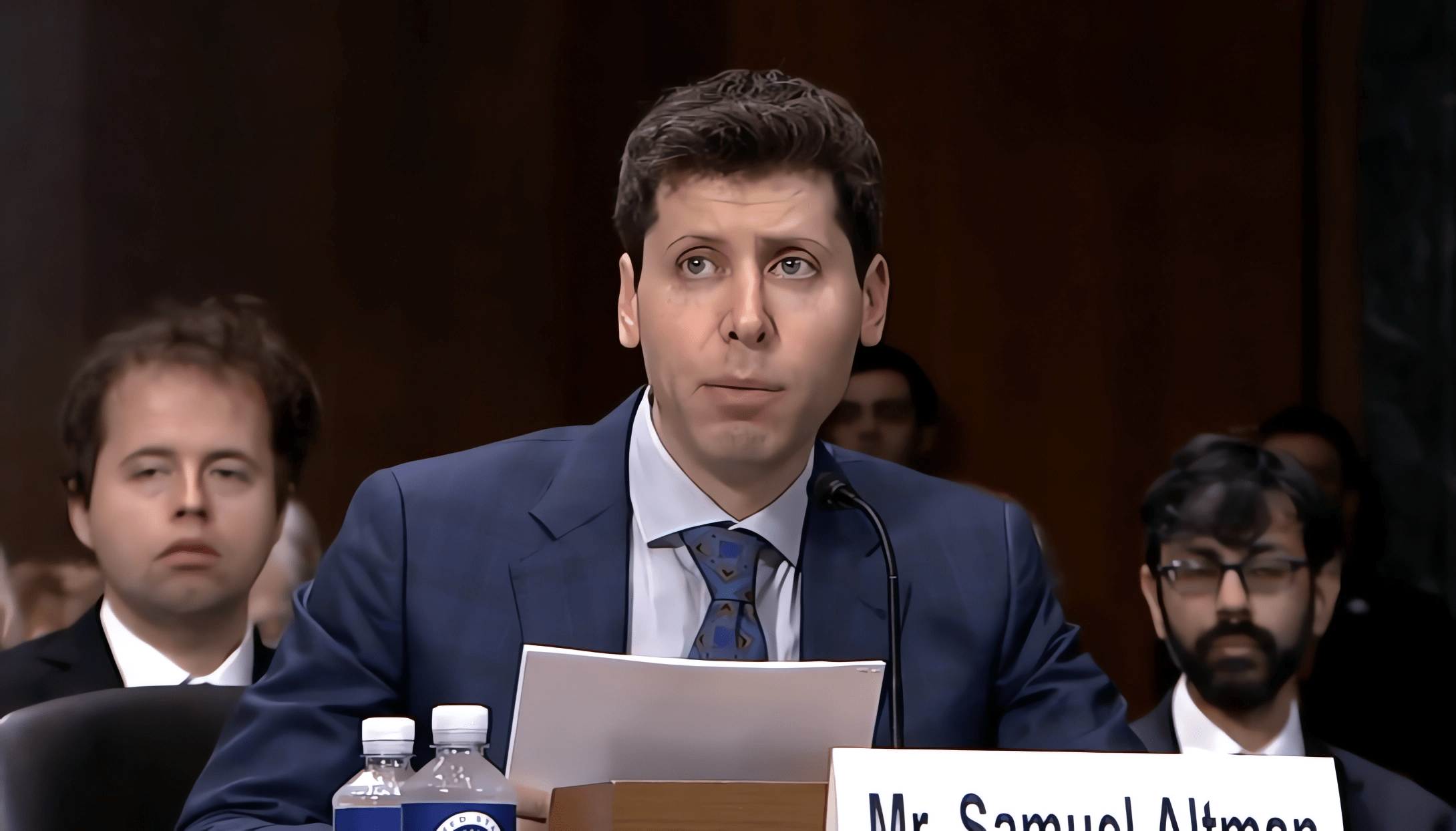Flash Flood Emergency: Definition, Causes, And Safety Precautions

Table of Contents
Defining a Flash Flood Emergency
What is a Flash Flood?
A flash flood is a rapid and sudden rise in water levels in a short period, typically six hours or less. Unlike regular floods, which may develop gradually over days, flash floods are characterized by their intense speed and overwhelming force. These sudden surges of water can transform normally dry areas into raging torrents in a matter of minutes, leaving little time for escape. The term "flash flood" emphasizes the urgency and danger of this type of flooding event.
Flash Flood vs. Regular Flood
The key difference between a flash flood and a regular flood lies in the speed of onset and the intensity of the water flow. Regular floods often develop slowly, giving people more time to prepare and evacuate. Flash floods, however, are characterized by their suddenness and rapid water rise, making them far more dangerous. Regular floods might impact a larger geographical area over a longer period, while flash floods typically affect smaller, localized areas with intense, destructive power.
- Rapidly rising water: Flash floods see water levels rise dramatically in a very short time.
- Short warning time: Often, there's little to no warning before a flash flood occurs.
- Localized impact: Flash floods tend to be concentrated in specific areas, like canyons, low-lying regions, and near waterways.
- Strong currents and debris: The fast-moving water carries significant debris, making it highly dangerous.
Causes of Flash Flood Emergencies
Intense Rainfall
Intense rainfall is the primary cause of most flash floods. When heavy rainfall occurs in a short period, the ground becomes saturated and unable to absorb any more water. This excess water then flows rapidly into streams, rivers, and low-lying areas, causing a sudden and dramatic increase in water levels. The intensity of the rainfall, combined with already saturated ground, creates the perfect conditions for a flash flood emergency. Localized thunderstorms are a common trigger, especially in areas with poor drainage.
Dam or Levee Failures
The failure of dams or levees can lead to catastrophic flash floods. A breach in a dam releases a massive amount of water in a short time, overwhelming downstream areas and causing widespread devastation. Similarly, levee failures, which can be caused by erosion, high water pressure, or structural weaknesses, unleash powerful surges of water, leading to rapid and dangerous flooding.
Sudden Snowmelt
In mountainous regions, rapid snowmelt can be a significant contributor to flash floods. Warm temperatures, particularly after a period of heavy snowfall, can cause the snowpack to melt rapidly. If this meltwater is unable to drain adequately, it can quickly overwhelm drainage systems and cause flash flooding in valleys and downstream areas. This is further exacerbated if heavy rainfall coincides with the snowmelt.
- Localized thunderstorms: Short, intense bursts of rain are a major trigger.
- Prolonged heavy rainfall: Continuous heavy rain can also saturate the ground and lead to flash floods.
- Monsoonal weather patterns: Areas experiencing monsoons are particularly vulnerable.
- Urbanization: Increased impermeable surfaces (concrete, asphalt) reduce water absorption, increasing runoff.
- Deforestation: Loss of trees leads to soil erosion and reduced water absorption.
Safety Precautions During a Flash Flood Emergency
Before a Flash Flood
Preparation is key to surviving a flash flood. Develop a family emergency plan that includes:
- Identifying evacuation routes: Know the safest escape routes from your home and work.
- Assembling an emergency kit: Include essential supplies like water, food, first-aid kit, medications, and flashlights.
- Monitoring weather forecasts: Stay updated on weather alerts and warnings from official sources like the National Weather Service.
- Knowing your risk level: Understand your vulnerability to flash floods based on your location and surroundings.
During a Flash Flood
Immediate action is critical during a flash flood. If instructed to evacuate, do so immediately.
- Seek higher ground: Move to higher elevations to avoid the rising waters.
- Avoid floodwaters: Never attempt to drive or walk through floodwaters, as currents can be incredibly strong and unpredictable.
- Turn off utilities: Switch off electricity, gas, and water to prevent further damage.
- Stay updated: Continue monitoring official channels for updates and instructions.
After a Flash Flood
Post-flood safety is equally important.
- Check for structural damage: Inspect your home and property for any damage.
- Avoid downed power lines: Treat all downed power lines as live and extremely dangerous.
- Report damage: Contact your local authorities to report any damage and request assistance.
- Take photos of damage: Document damage to your property for insurance purposes.
Conclusion
Flash floods are extremely dangerous events characterized by their sudden onset and rapid, powerful currents. Understanding their causes—intense rainfall, dam/levee failures, and sudden snowmelt—is the first step to preparedness. Taking proactive safety measures before, during, and after a flash flood is crucial for survival. Stay safe by being prepared for flash flood emergencies. Develop a comprehensive family emergency plan, learn about your local flood risks, and stay informed about weather alerts to protect yourself and your loved ones. For more information and resources, visit your local emergency management agency's website and the National Weather Service.

Featured Posts
-
 Relay Sweep Secures T Bird Girls Home Invite Victory
May 26, 2025
Relay Sweep Secures T Bird Girls Home Invite Victory
May 26, 2025 -
 Open Ai And Chat Gpt An Ftc Probe Begins
May 26, 2025
Open Ai And Chat Gpt An Ftc Probe Begins
May 26, 2025 -
 Trumps Campaign Against Top Law Firms Faces Another Defeat
May 26, 2025
Trumps Campaign Against Top Law Firms Faces Another Defeat
May 26, 2025 -
 Upgrade Your Style Learn From The Fashionable F1 Drivers
May 26, 2025
Upgrade Your Style Learn From The Fashionable F1 Drivers
May 26, 2025 -
 Zheng Qinwen Upsets Sabalenka In Rome Sets Up Gauff Clash
May 26, 2025
Zheng Qinwen Upsets Sabalenka In Rome Sets Up Gauff Clash
May 26, 2025
